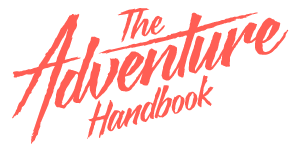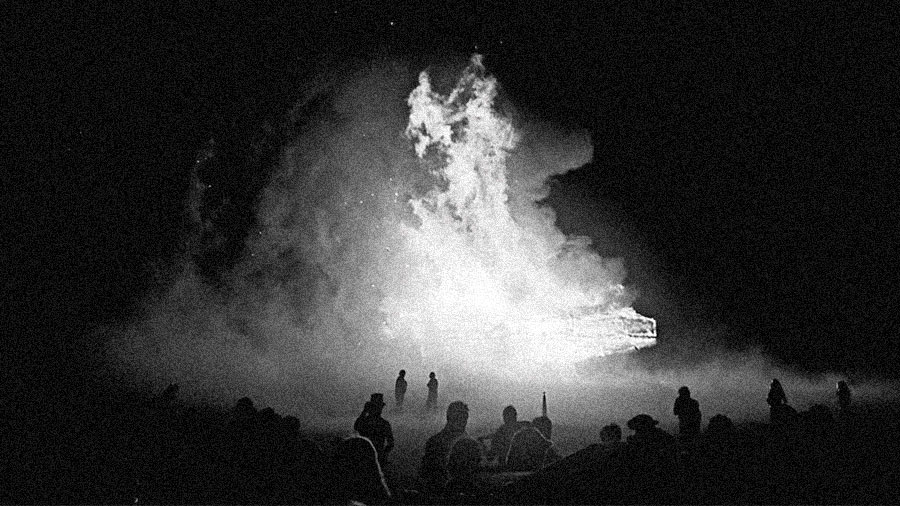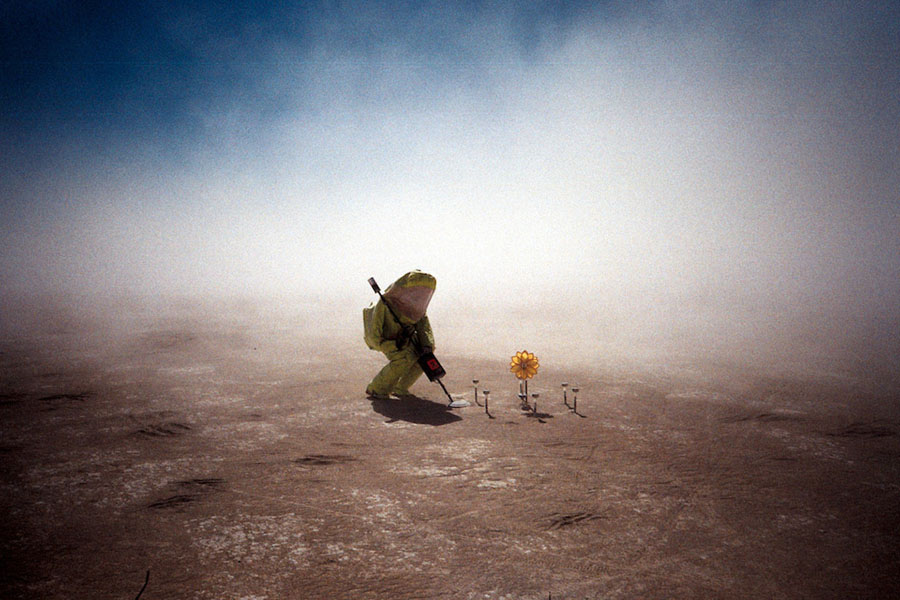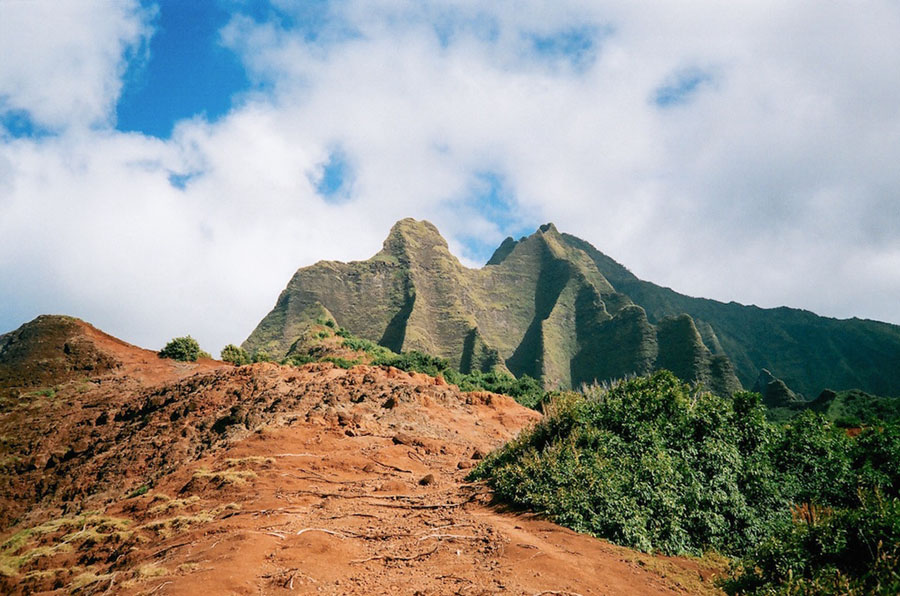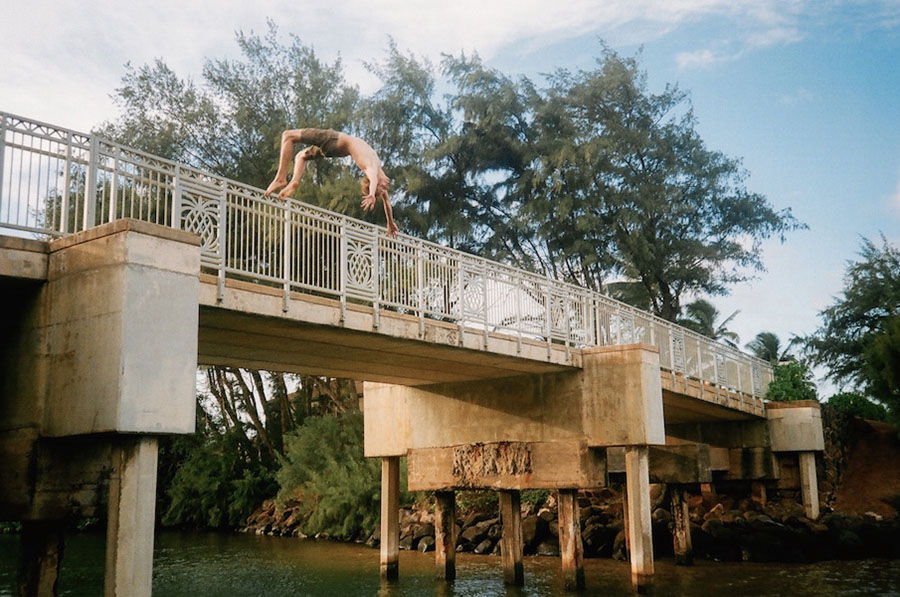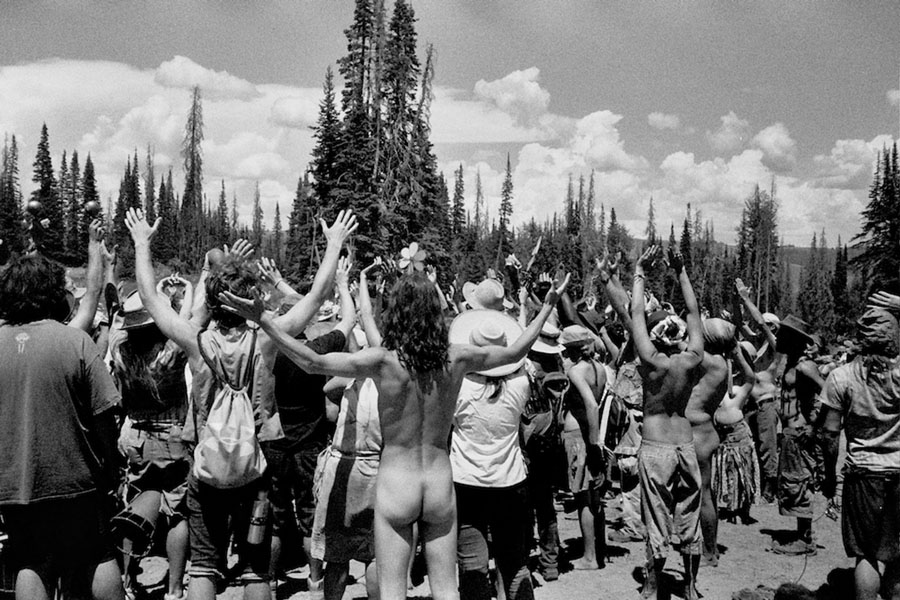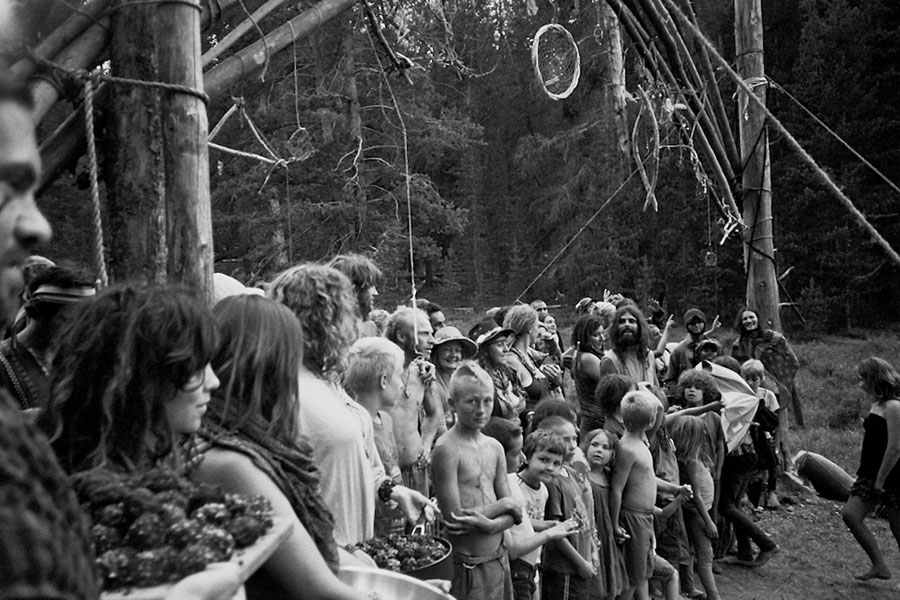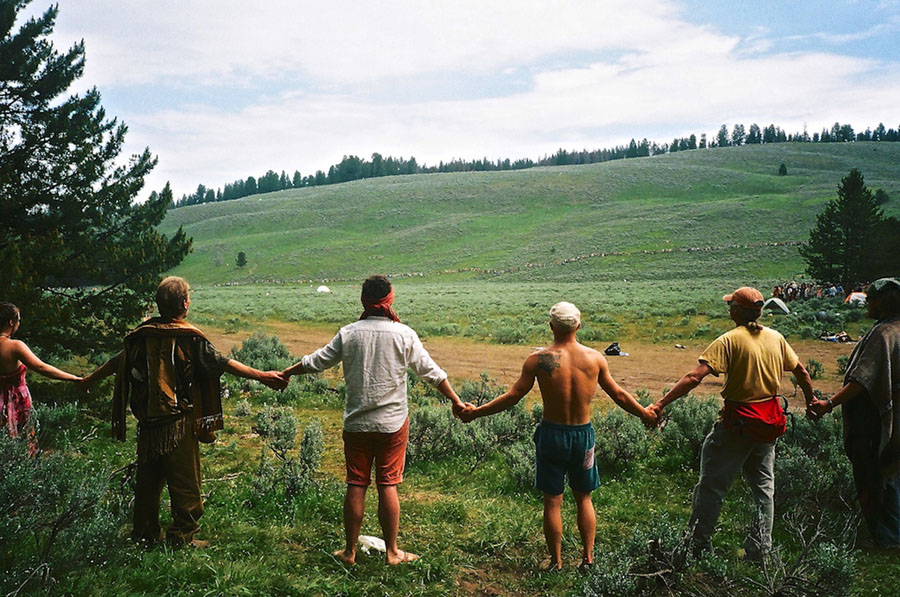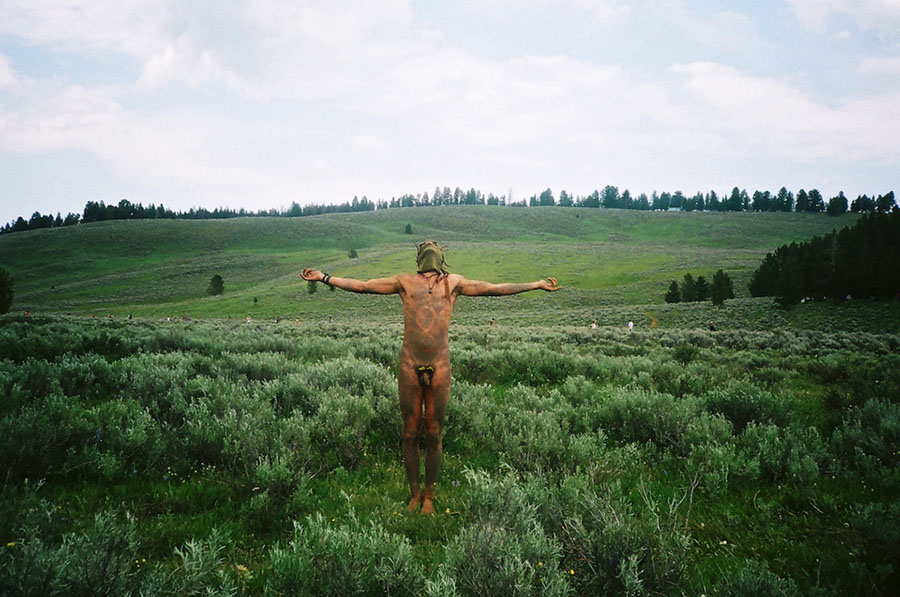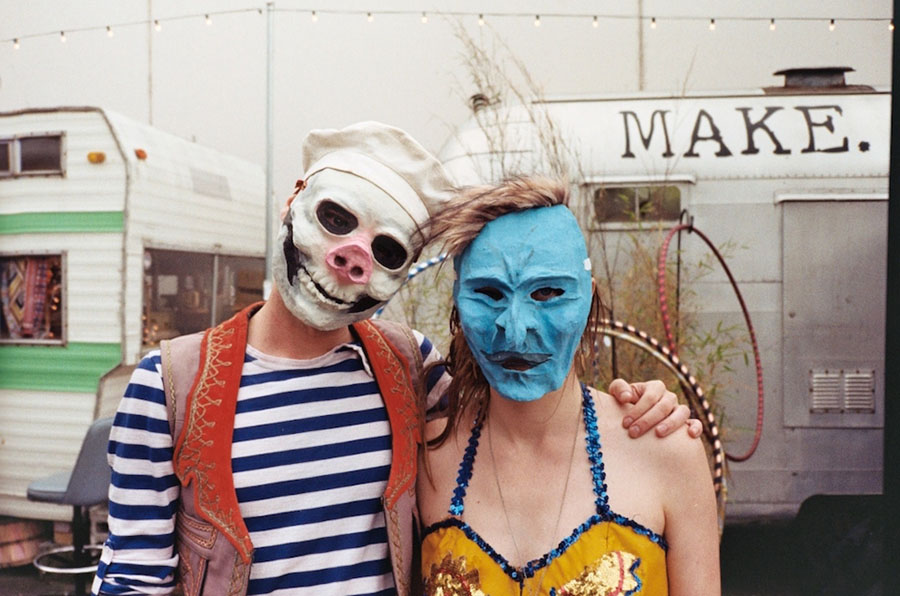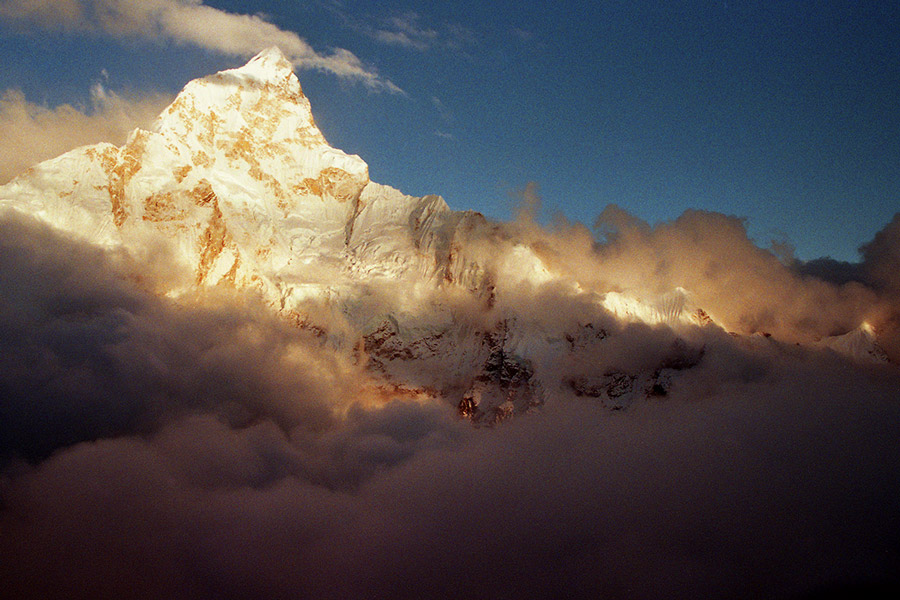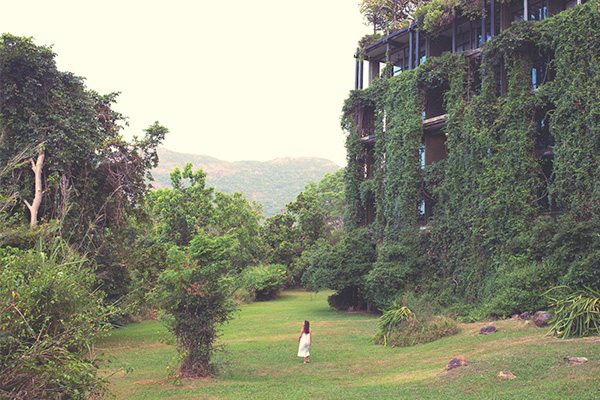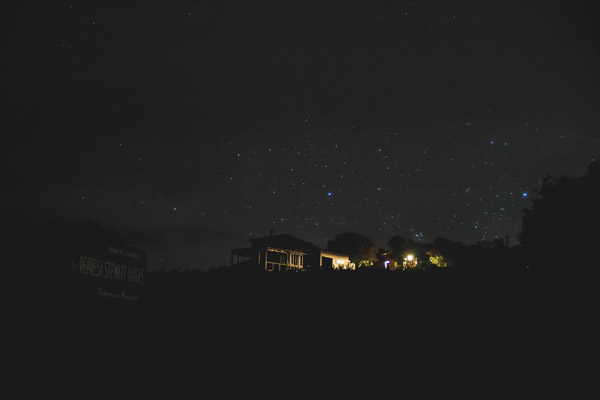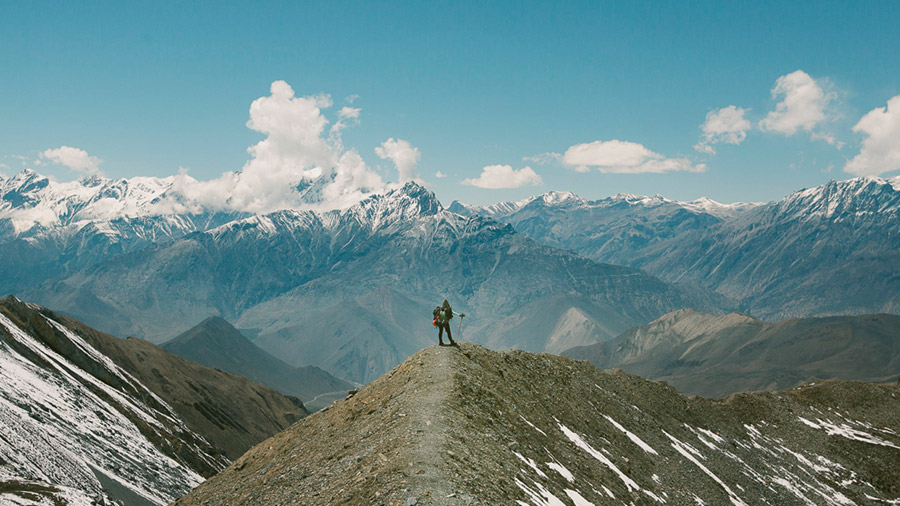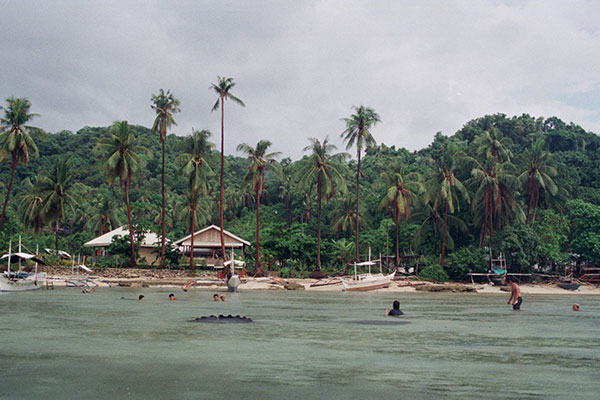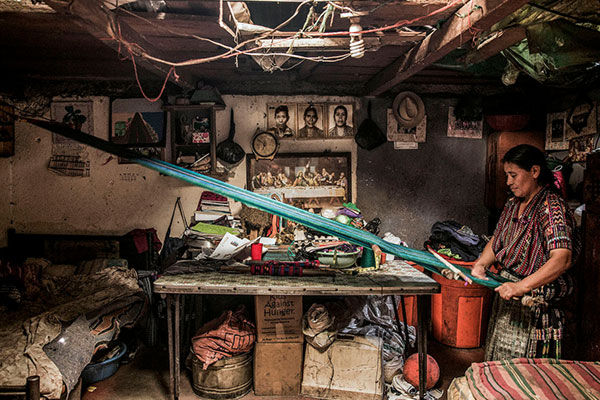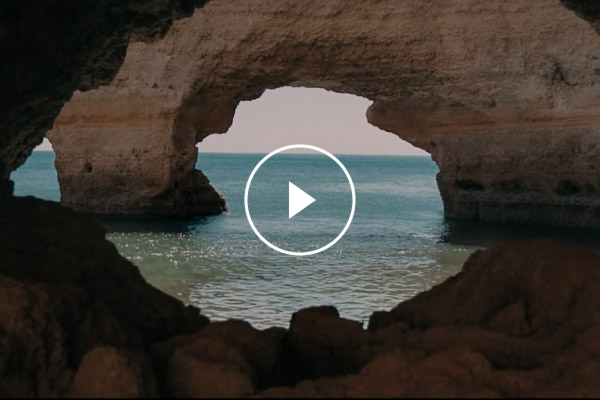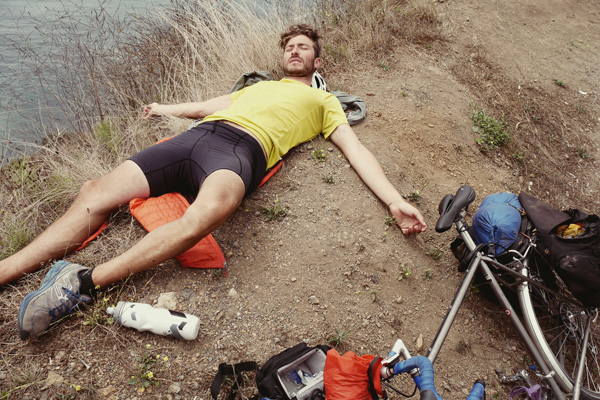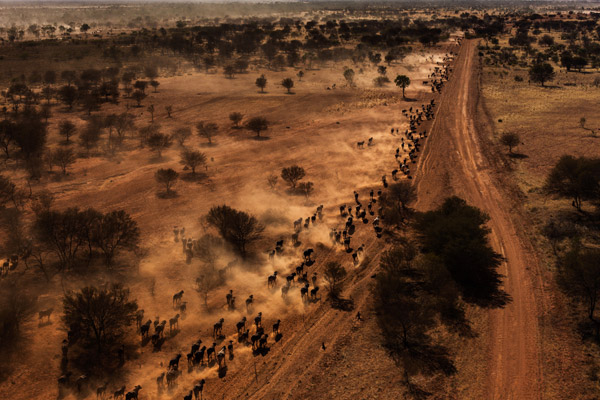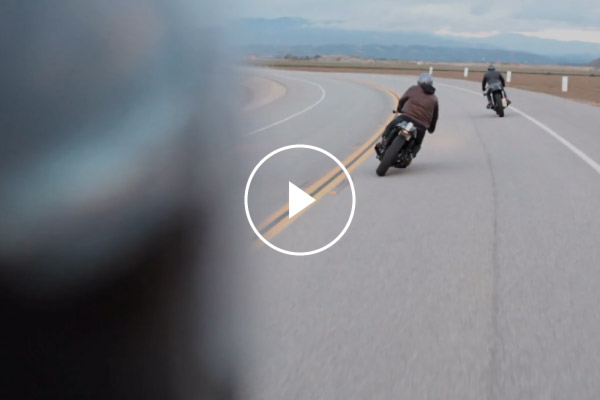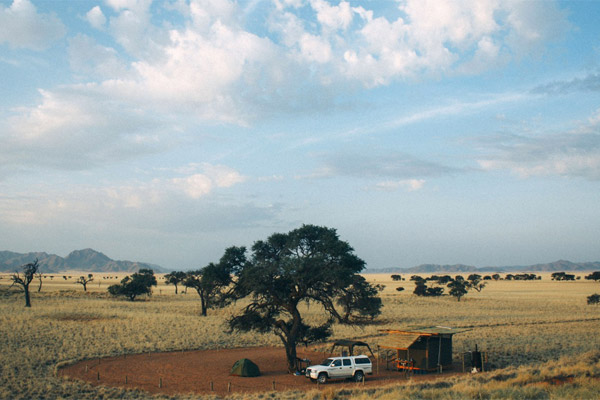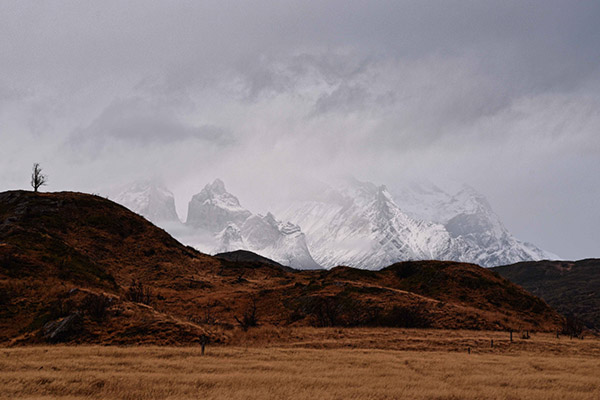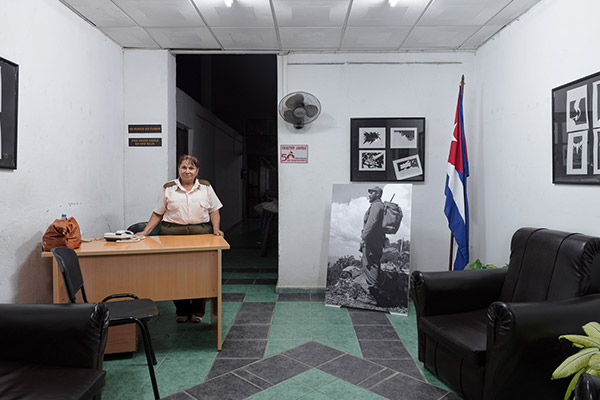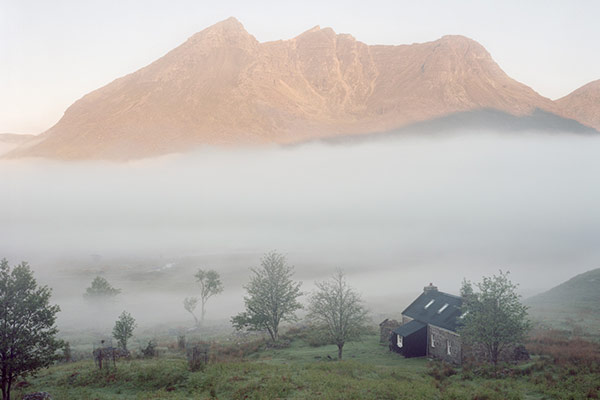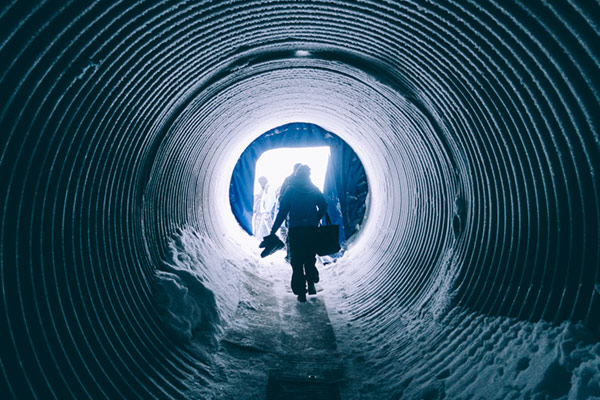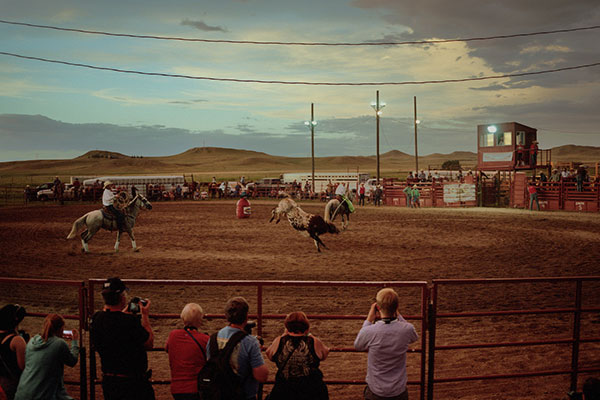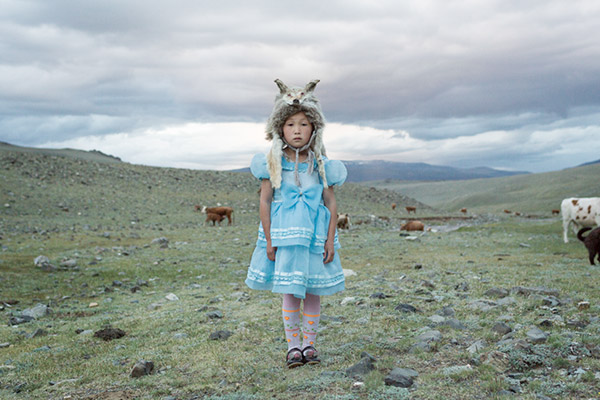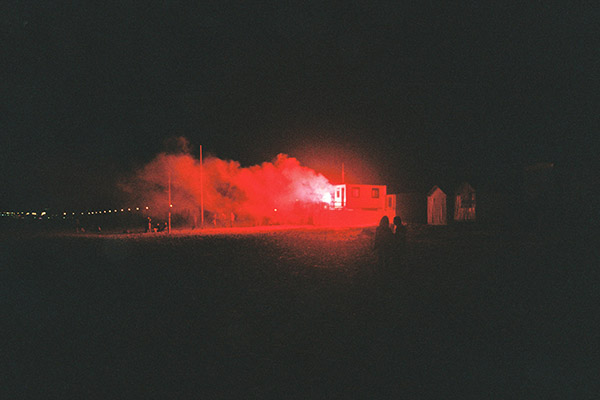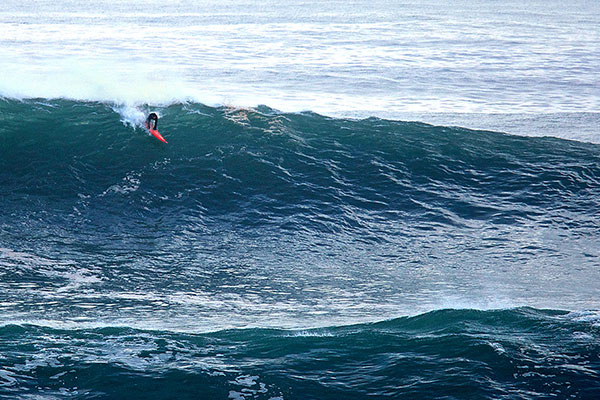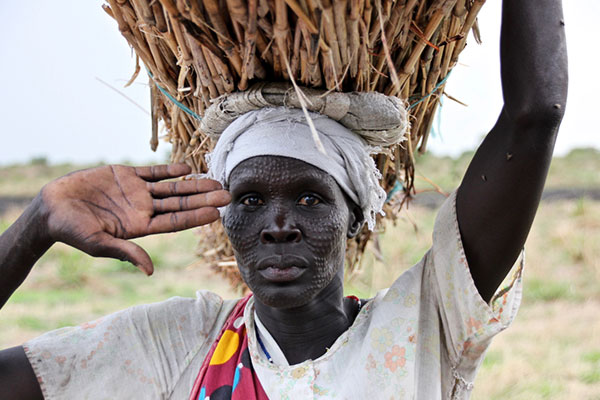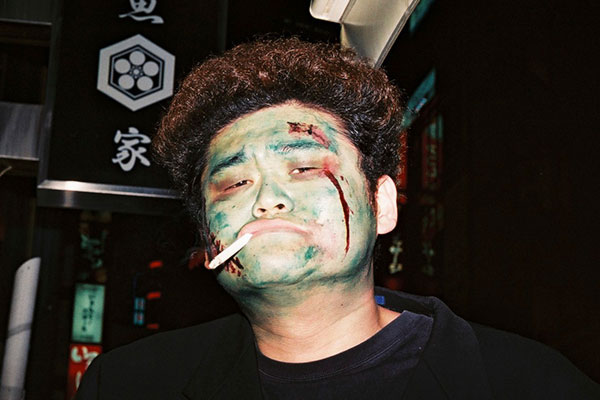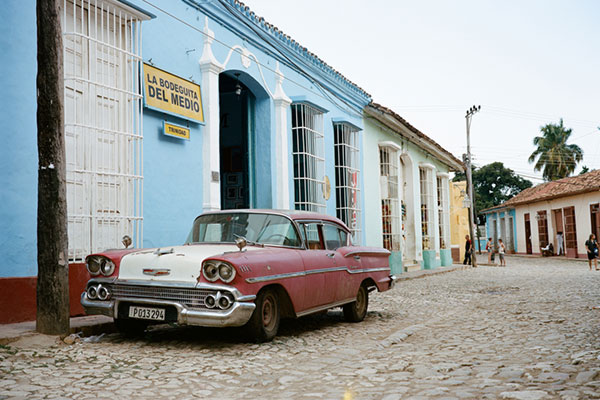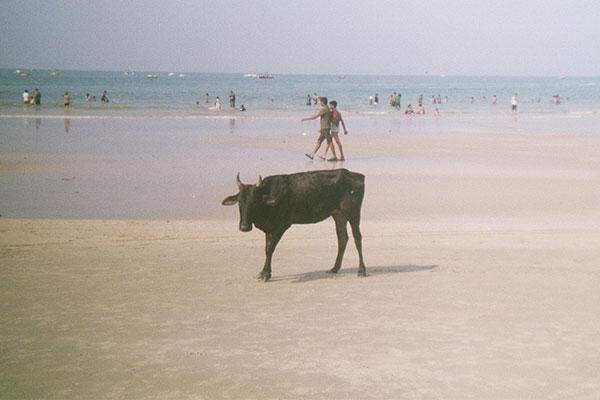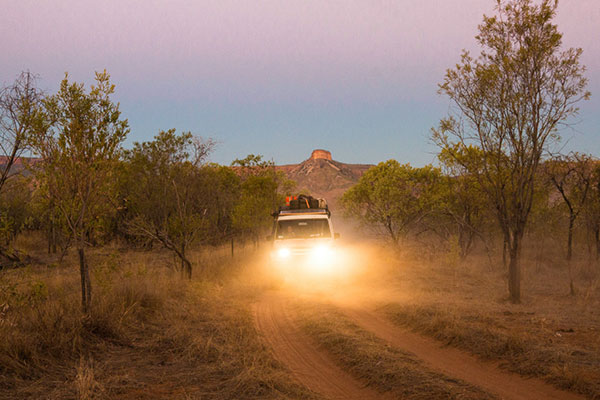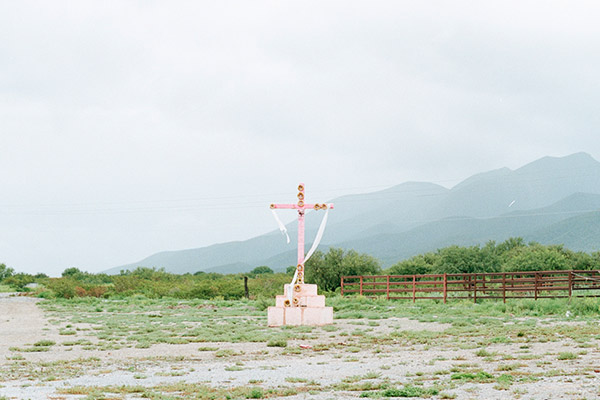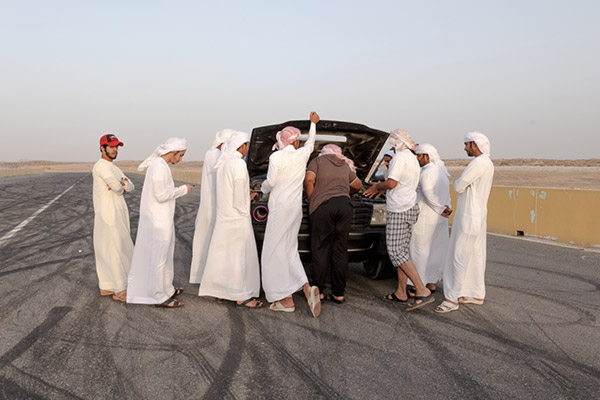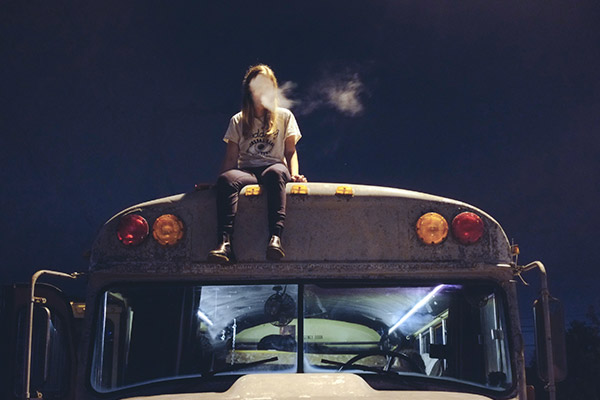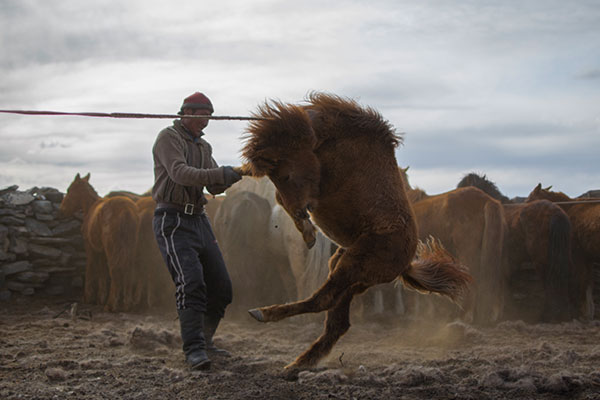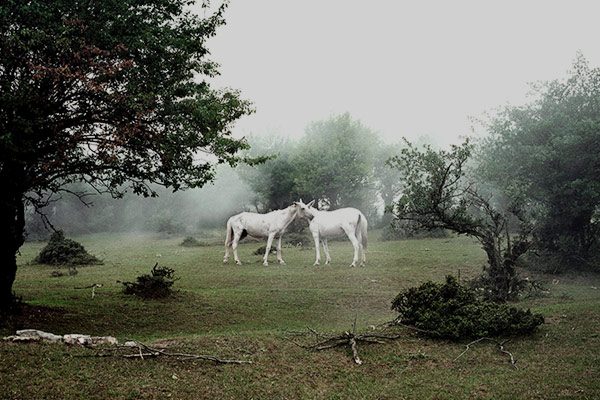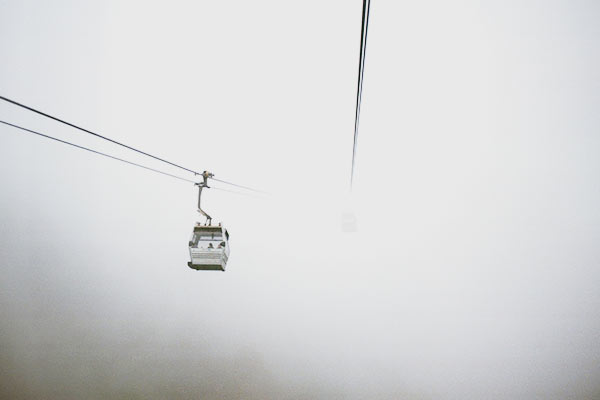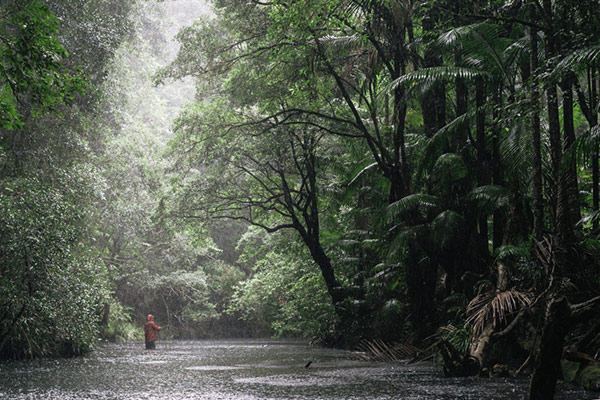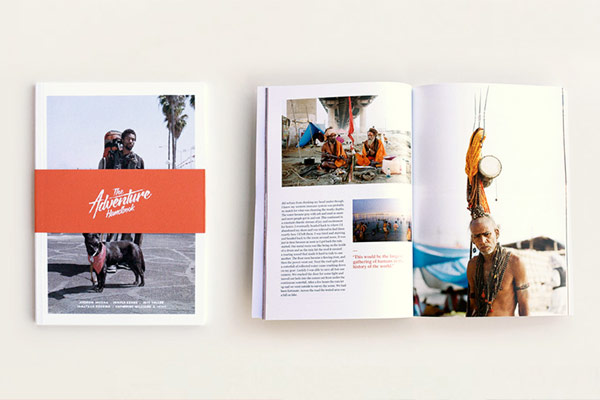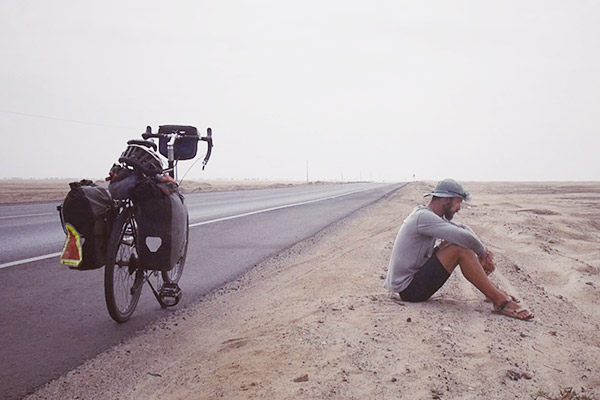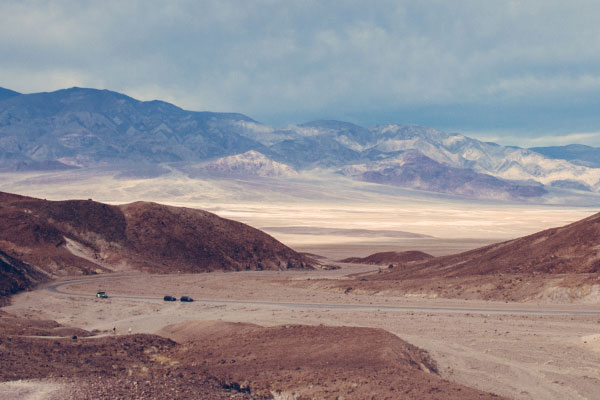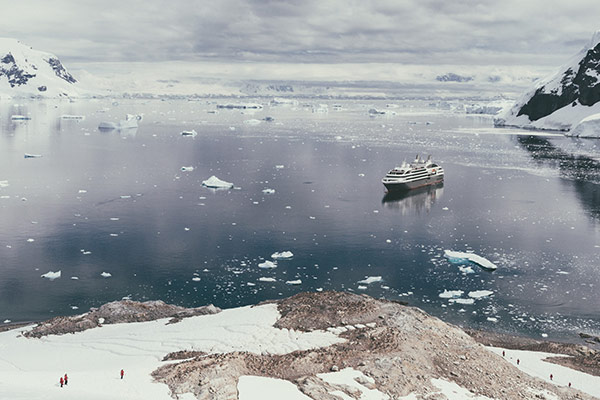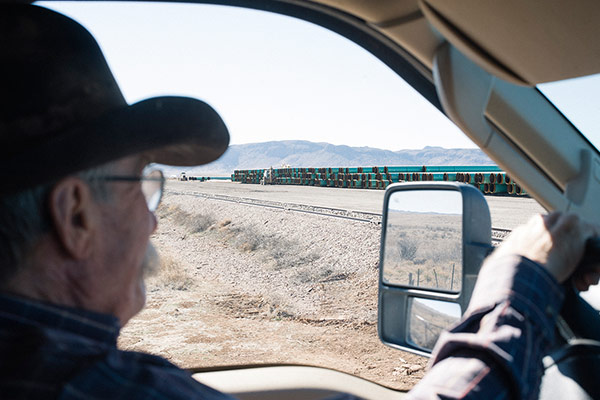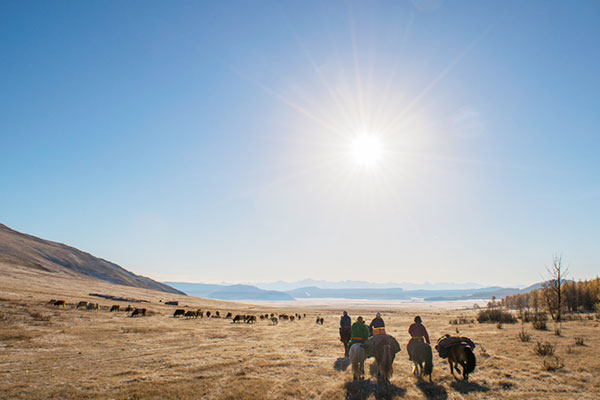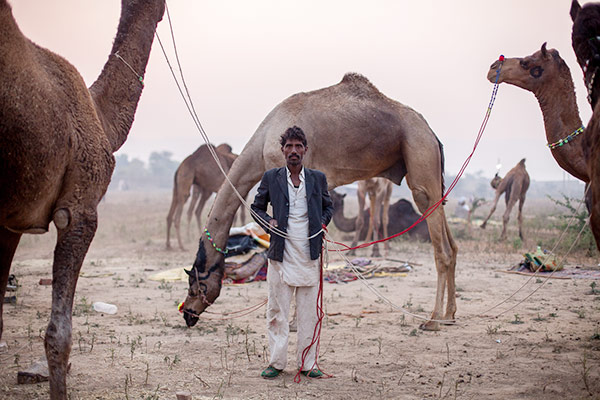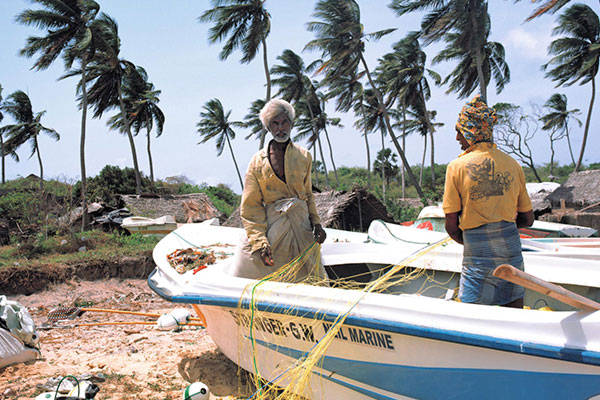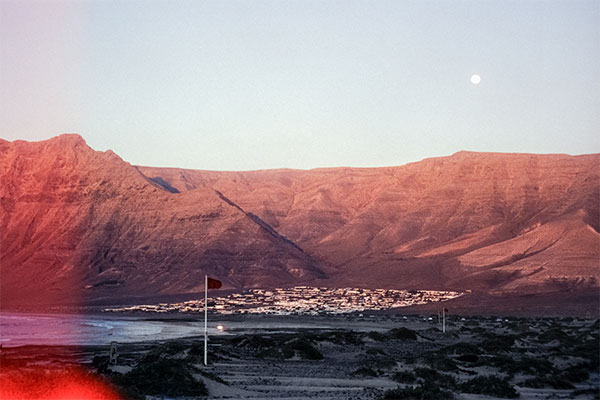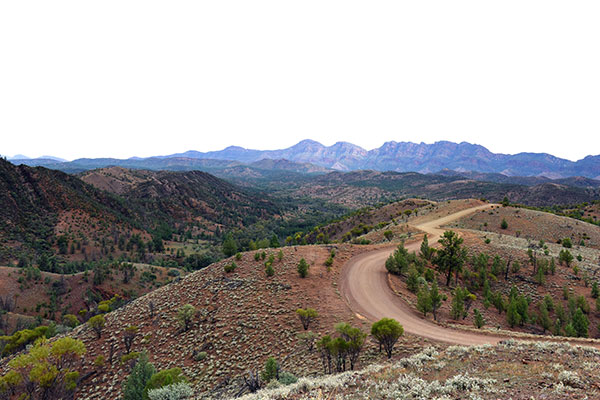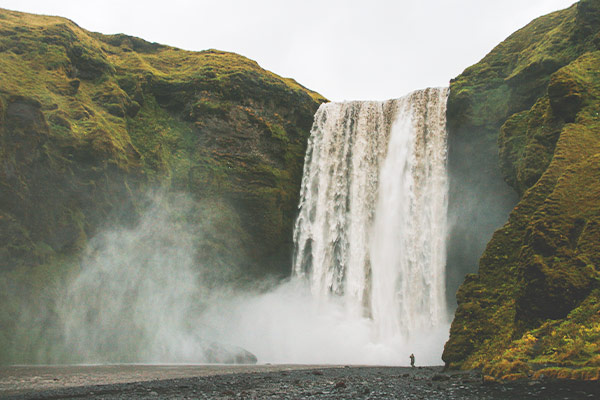John Kilar is a traveller and photographer based in North America. While transience is central to his lifestyle and practice, Kilar documents each new environment, their communities, from the inside; his work is by nature in depth, bordering the prolific. He spoke with us across staccato bursts of Skype connectivity from a sunny, smoky kava bar in Hawaii about the various experiences of exposure and exploration of a life lived on the road.
How long have you been in Hawaii?
I was here last winter for 3 months, and I came back this winter and I’ve been here for about 2 months this time. It’s a great seasonal home base.
An eternal summer.
Pretty much, it’s so warm here; lots of people from Alaska, from Canada come out here for the winter and just hang out. The community is really rich here, there are so many farms. You can do around 10 hours of work-trade a week, gardening and stuff, and then you get a place to stay and food to eat from the land. There’s harvest season that happens around Autumn on the Mainland, and after that people tend to migrate towards Hawaii or Central and South America and so on…
Do you find travel brings you into contact with mainly other travellers, or with people living vastly different lives?
It’s a mix – there are specific spots that attract travellers. When you go to those places you see people you’ve seen elsewhere, at festivals, different gatherings. It can be a really small world. And then sometimes I’m around a town with normal folk with a regular job and life, or stay with a friend of a friend if I’m on the road – it all depends but I’m usually around travellers.
I was on your website again this morning – there is so much great work on there, but I was also struck by just how much of your work is up online.
I document religiously. I end up with all these photos and think, ‘Do I not use them? And just put a few? Or just put all them on there?” So I do… I guess, why the fuck not?
It excites me to know that there is so much to see in the world and it’s hard for me to settle in one place at this point. So I try to get into this constant state of being on the run.
Digital makes it easy to saturate a space with images, but you only shoot film. I like that you’re taking the old school tech with a modern approach.
It’s kind of an addiction, it excites me to know that there is so much to see in the world and it’s hard for me to settle in one place at this point. So I try to get into this constant state of being on the run.
When I need to root down for a minute, I tend to stop in cities, usually Los Angeles where I lived, and hold it down for a few weeks, regroup some energy, be inspired by friends and get involved artistically – then hit the road again, that’s kind of been my pattern for almost 3 years now.
I went from living in LA as a photographer, shooting events and parties on the side, as well as fashion. Then I started travelling synchronistically, and that just led to wanting to hit the road and permanently live that lifestyle.
How do you support yourself?
Mostly through photography, licencing images while I’m on the road. I’m trying to transition into strictly travel photography and street documentation/photojournalism, without dabbling in fashion or advertising. I always see people start out via street photography and then they shoot for publications, and clients and getting into fashion, but I’m really over that scene.
I just want to travel the world at this point.
I don’t really even view myself as a photographer, just as a travelling artist. I just have my camera with me and am obsessed with documenting.
Looking through your photographs from earlier days, in cities, at festivals – but even the travel story to Hawaii you’ve written for us – no matter where you’re work is situated, you seem drawn to I guess, fringe communities.
It’s usually the freedom of those environments that draw me in. Even when I was living in LA, I’d be hanging out with the nomadic street kids on the Venice Boardwalk, they’d all be hanging out and sleeping on the beach, passing through. I was really inspired by their lifestyle and their freedom. Then I’d see myself go to some fancy LA party at night and experience this crisis of identity about where I belonged.
I’ve always been drawn to environments that support self-expression, safe spaces for being more open and free and loving.
I used to go to Rainbow Gatherings, with a lot of kids who’d hop trains, or travellers making their way busking. I’ve always been drawn to environments that support self-expression, safe spaces for being more open and free and loving. They happen to be in gatherings that might appear to be on the fringe…
You mention different perspectives, what’s been your experience of how people perceive that lifestyle?
Yeah, some people just don’t really get it. People think it’s just others not doing anything, not living a productive lifestyle. Depending on where I am, people have such different expectations. Productivity is quite subjective at this point. There could be someone going out into the woods to meditate for 8 hours a day, having these really profound revelations – and to someone in the city that looks like someone who just wasted 8 hours in the woods not doing anything. But to someone who’s had this profound experience, the dude in the city who’s been in his office 8 hours a day just to pay bills is not doing anything worthwhile in their opinion. People have different priorities and values.
Depending on where I am, people have such different expectations. Productivity is quite subjective at this point.
Do you think your photography documents a specific spirit of our era?
We all do essentially – everyone takes so many photos these days. Photography is just this vast visual collection of what we’ve done as humans, the amazing things we’ve seen and experiences we’ve had. That tangible documentation is really valuable in my opinion. It stokes me out knowing I could contribute to that and inspire people to live a life where they’re following their passions.
Only sometimes I do think, when photographing, this could be a really special movement I’m a part of… But I try not to get too caught up in that.
I read a line from photographer Roger Ballin, that often photography is seen as documentation, but really it’s a process of self-discovery. Is that true for you?
In a sense… It’s a beautiful way to see my progress as a human, my own adventures, see where I’ve been, what I’ve surrounded myself with, see what my priorities were a few years ago – compared to what they are now. I feel like I have that all down visually, so that’s been a nice way to retrospectively see where I’m headed. That can be quite therapeutic in a way.
I want to travel in exciting ways, you know, hop trains, on horseback, all these things, while contributing to some kind of positive action and empowering others.
Do you have a particular direction you want to go in the next few years?
I’ve been travelling the US for the last couple years, and there’s just so much to see on this continent. I’ve been spending a lot of time in different communities, getting to know places well, but I get the itch to go international. I’m being called to work on more projects that I perceive to have value for a kind of greater good. I’ve been going to radical eco-activism gatherings, some workshops, and inspired to get into environmental direct action. And I figure that can still be something I can move towards and do, travelling the world and documenting it, but doing work with substance, not just feed my own ego!
I want to travel in exciting ways, you know, hop trains, on horseback, all these things, while contributing to some kind of positive action and empowering others. But who knows, when I’m on some nature escapade, I miss the city and seeing what other artists are doing, what’s fresh in galleries. Once you’re out and about in nature, it can be hard to find a creative spark.
What made you pick up a camera in the first place?
Back in the day when people had Tumblrs and blogs, they’d be reblogging what they liked from graphic design, or anime, and a lot of the stuff that I was reblogging were film photographers. I had no idea what camera to use or what to get, so I had the idea to go into a thrift store, pick up two or three random film cameras and started playing with them.
I had a friend who was using a Yashica T4 point and shoot camera, and that was when I found the camera that I wanted. I found one on the internet for 50 bucks, and starting shooting Venice Beach just after I’d moved there, documenting the new environment I was in, checking out this camera.
What made you pick up a camera in the first place?
Back in the day when people had Tumblrs and blogs, they’d be reblogging what they liked from graphic design, or anime, and a lot of the stuff that I was reblogging were film photographers. I had no idea what camera to use or what to get, so I had the idea to go into a thrift store, pick up two or three random film cameras and started playing with them.
I had a friend who was using a Yashica T4 point and shoot camera, and that was when I found the camera that I wanted. I found one on the internet for 50 bucks, and starting shooting Venice Beach just after I’d moved there, documenting the new environment I was in, checking out this camera.
So when you leave again, you just head out with a bunch of rolls and a camera that hopefully doesn’t break-
They always break. I hate walking into Wallmart, but it’s the cheapest film you could find. All the places that used to develop film are going out of business and it’s becoming so much more costly. It’s not a sustainable way of shooting but I’m addicted to it.
But the last 6 months worth of shooting I’ve been storing back in my van in California, I probably have 200 roles of film and have to find a place to develop, maybe do a show in LA and then it’ll be back on the road…
Interview with John Kilar by Emilia for AHB.
Receive a postcard from us sign up

